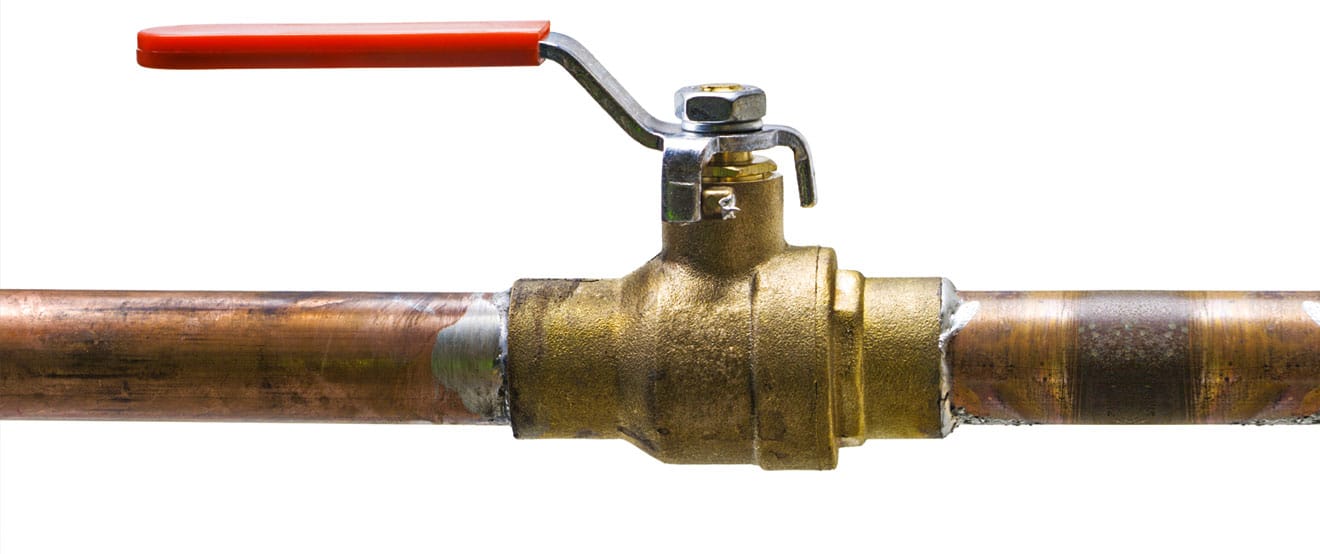Water pressure dropped in your place? Keep cool, no need to freak out! You’ve got some tricks up your sleeve to get things back to normal. This blog spills the beans on the top five fixes to bring back that strong flow you miss. Fingers crossed, one of these magic moves does the trick for you!
Who’ll love this? Anyone tired of a dribbling shower or a slow-filling toilet. With **easy steps** and **cool hacks**, you won’t just sit there wondering what to do. You’ll dive into the world of DIY fixes, armed with insights and fun facts that not everyone knows. Picture turning on your tap and seeing that mighty stream of water again – that’s what we’re aiming for.
And here’s the deal: by the end, you’ll be clued-up on preventing future pressure drops too. So, don’t bounce just yet – the perfect fix could be just a few paragraphs away.
Table of Contents
Clean Or Replace The Fixtures

The first thing that you should do is check all of the fixtures in your home for any leaks. If you find any leaks, make sure to clean or replace the fixtures as soon as possible. Leaks can cause a significant decrease in water pressure, so it’s important to fix them right away.
To fix a leaky fixture, you may need to replace the gasket, washer, or O-ring. You can find these parts at your local hardware store. Another option is to hire a plumber to do the job for you. This may be a good option if you are not comfortable doing the repairs yourself.
Check The Shut-Off Valve

The next thing that you should check is the shut-off valve. This is the valve that turns off the water supply to your home. If this valve is closed, it will prevent any water from entering your home, which will cause a significant decrease in water pressure. If the shut-off valve is open, then it’s time to start troubleshooting low water pressure issues. Start by checking for any leaks or blockages in your plumbing system. You may also want to inspect your water pressure regulator to see if it needs adjusting. If you’re unable to find the cause of the low water pressure, it may be best to consult with a professional plumber for further assistance.
The main reason why this valve becomes closed is because of a build-up of sediment. Over time, this sediment will accumulate and eventually block the opening of the valve. This can be solved by using a plunger to clear the blockage.
Once you have cleared the blockage, open up the shut-off valve and check to see if the water pressure has returned to normal. If it has not, then you will need to call a plumber to investigate the issue.
Check The Water Meter
If you have checked the shut-off valve and the water pressure is still low, then the next step is to check the water meter. This is done by finding the little red handle on top of the meter and turning it counter-clockwise until it stops.
Once you have turned the handle, wait a few minutes and then turn it back in the opposite direction. If the water pressure is low, you will see the needle on the meter move from left to right. If this is the case, then you will need to call a plumber to investigate the issue.
Check The Faucets And Hoses
If you have checked the shut-off valve, the water meter, and the pressure is still low, then it is time to check the faucets and hoses. This can be done by turning on all of the faucets in your home and checking the water pressure.
Usually, it is the faucet that is closest to the water meter that has the lowest pressure. If this is the case, then you will need to replace the hose.
A good way to test the water pressure is by checking the faucet at your kitchen sink. To do this, turn on the hot and cold water and then run them both at the same time. If you have low water pressure, you will only be able to get a trickle of water from the faucet.
Replace The Water Heater
Water heater failure is one of the most common reasons for low water pressure. If you have checked all of the other options and the water pressure is still low, then it is time to replace your water heater.
If you are not sure if your water heater is the source of the low water pressure, then you can call a plumber to come and take a look. They will be able to tell you if the water heater is causing the issue and, if it is, they will be able to recommend a replacement.
Conclusion
If you have suddenly lost water pressure, don’t panic! There are five common solutions that should help to restore the pressure. If one of these solutions doesn’t work, then it is time to call a plumber to investigate the issue.
Happy plumbing!

